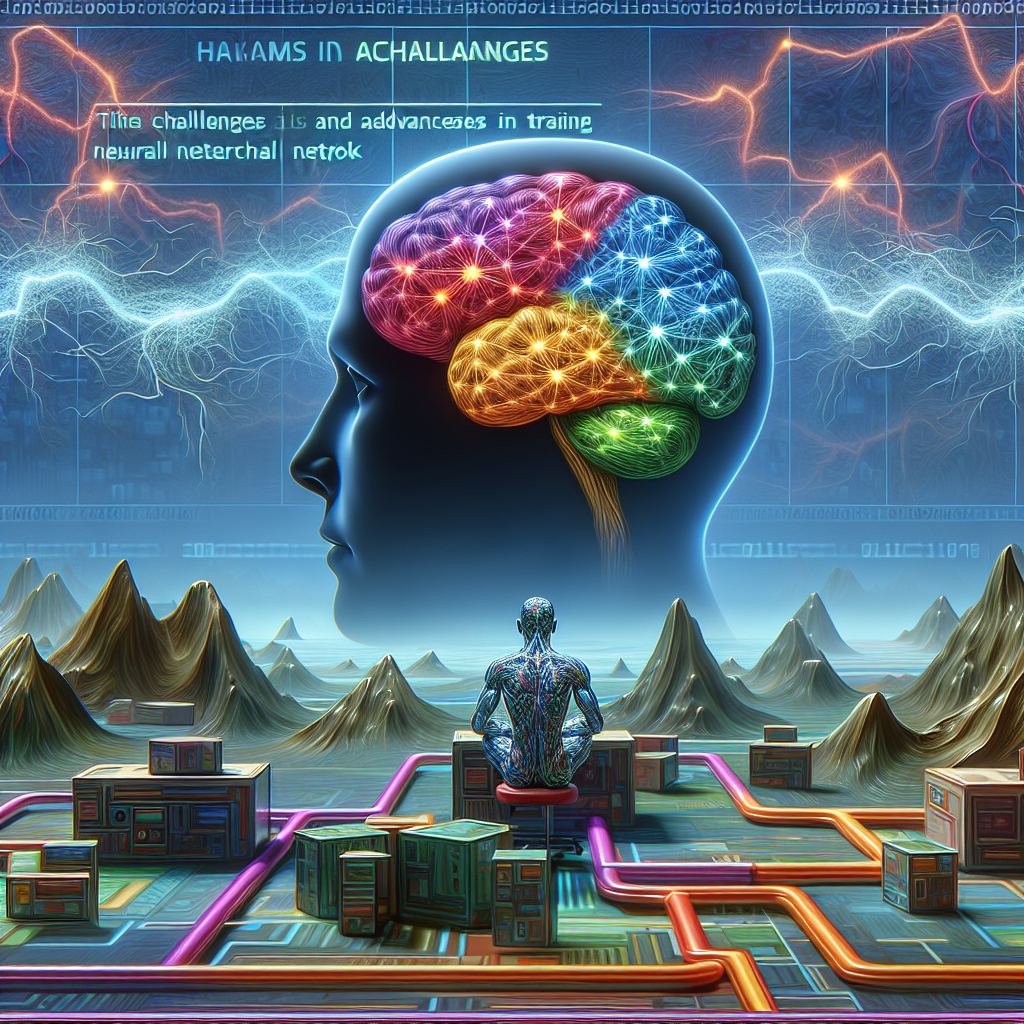Recurrent Neural Networks (RNNs) have become a popular choice for many tasks in machine learning, such as natural language processing, speech recognition, and time series forecasting. However, training RNN models comes with its own set of challenges and requires advances in techniques to overcome them.
One of the main challenges in training RNN models is the issue of vanishing and exploding gradients. This occurs when the gradients become very small or very large as they are backpropagated through the network, which can make it difficult for the model to learn effectively. To address this issue, techniques such as gradient clipping and using different activation functions like the rectified linear unit (ReLU) have been developed.
Another challenge in training RNN models is the problem of long-term dependencies. RNNs have a tendency to forget information from the early parts of a sequence, making it difficult to learn patterns that occur over long time horizons. To address this, researchers have developed more advanced RNN architectures such as Long Short-Term Memory (LSTM) and Gated Recurrent Unit (GRU), which are able to retain information over longer periods of time.
Additionally, training RNN models can be computationally expensive, especially when dealing with large datasets or complex architectures. Advances in hardware, such as the use of Graphics Processing Units (GPUs) and specialized hardware like Google’s Tensor Processing Units (TPUs), have helped to speed up the training process and make it more efficient.
In recent years, researchers have also made advances in techniques for training RNN models, such as using attention mechanisms to focus on relevant parts of a sequence and transfer learning to leverage pre-trained models for specific tasks. These techniques have helped to improve the performance of RNN models and make them more effective for a wide range of applications.
Overall, while training RNN models comes with its own set of challenges, advances in techniques and hardware have helped to overcome these obstacles and make RNNs a powerful tool for machine learning tasks. By continuing to research and develop new methods for training RNN models, we can further improve their performance and unlock their full potential in a variety of applications.
#Challenges #Advances #Training #RNN #Models,rnn


Leave a Reply